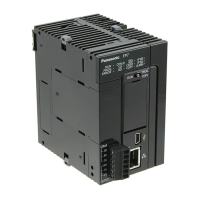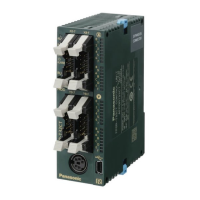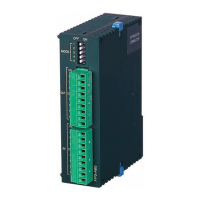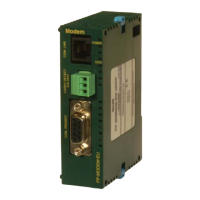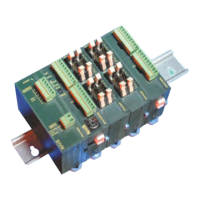2.2 Operation unit
■
What are operation units?
● They specify basic units for operation triggered by respective instructions.
● Operation result of the same instruction may vary by the specified operation unit. The range
of operand targeted by operation and/or the number of words to store the operation result
also vary.
● Available operation units vary by instruction. In some instructions, operation units are not
specified. Refer to explanations for respective instructions. Operation units are indicated with
"i".
Example 1) When the operation units in data transfer instructions vary
● When the operation unit is US (unsigned 16-bit data), the value of DT0 is transferred to
DT100.
● When the operation unit is UL (unsigned 32-bit data), the values of DT0 to DT1 are
transferred to DT100 to DT101.
Example 2) When the operation units in comparison instructions vary
When binary data "1111 1111 1111 1111" is included in DT0 (S1)
● If the operation unit is US (unsigned 16-bit data), the value of (S1) is handled as a positive
number "65535", resulting in (S1) > (S2), and the comparison flag SRA turns ON.
● If the operation unit is SS (signed 16-bit data), the value of (S1) is handled as a negative
number "-1", resulting in (S1) < (S2), and the comparison flag SRC turns ON.
■
Types of operation units
Symbol Name Available range
bit 1-bit data 0,1
US Unsigned 16-bit data 0 to 65535
SS Signed 16-bit data -32768 to +32767
UL Unsigned 32-bit data 0 to 4294967295
2.2 Operation unit
2-10 WUME-FP7CPUPGR-12

